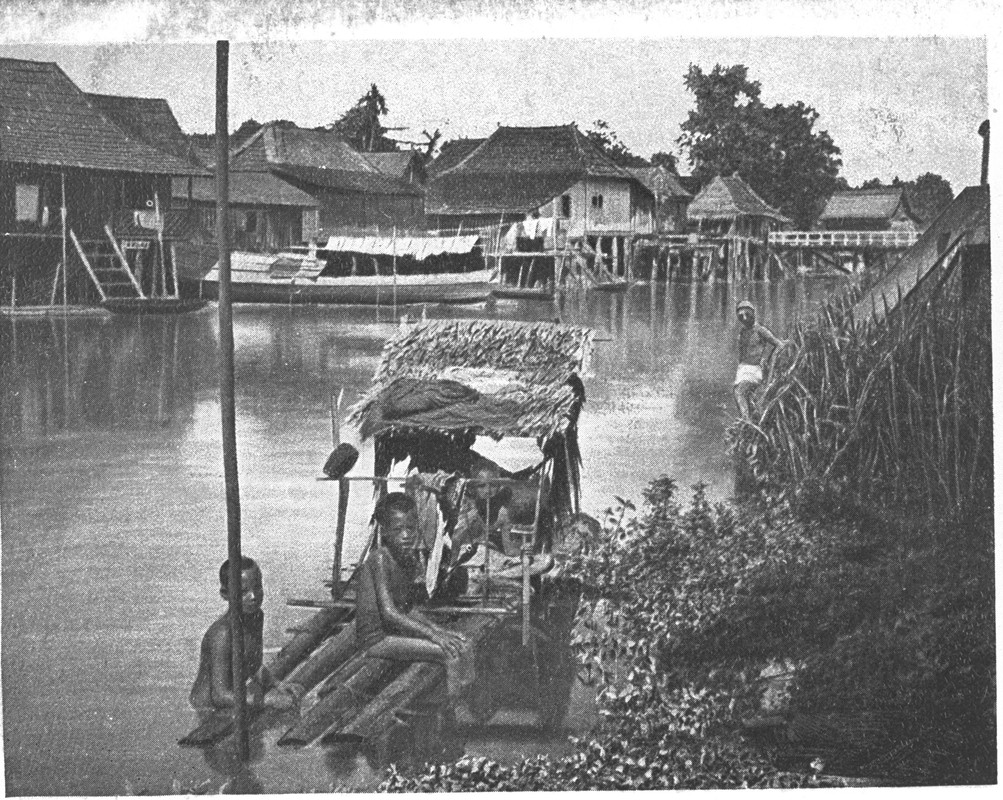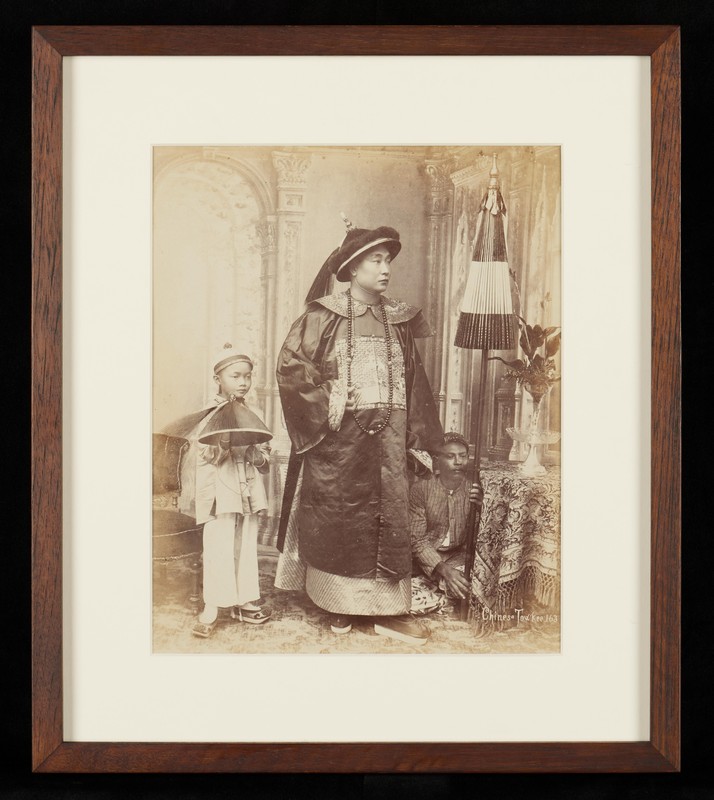Teochew clan associations in Singapore
Early Teochew immigrants who settled in Singapore had, over time, established many clan associations that were based on kinship or geographical location. These associations served various purposes, including fostering strong relationships, looking after the welfare of fellow clansmen, setting up schools, and promoting cultural heritage. This culture of forming clan associations stemmed from a strong affiliation with one’s clan identity and geographical origins, a sentiment prevalent in traditional Chinese societies.
Apart from Ngee Ann Kongsi, Teochew Poit Ip Huay Kuan, and the Teochew Federation, other geographical Teochew clan associations in Singapore today include the Teo Yeonh Huai Kuan (1925), Nanyang Pho Leng Hui Kuan (1940), Kityang Huay Kwan (1941), Huilai Countrymen Association (1948), Teo Ann Huay Kuan (1964), Theng Hai Huay Kuan (1965), and Rao Ping Association (1993). There are also numerous kinship-based clan organisations under the framework of these associations.
Earliest organisation
Ban See Soon Kongsi, the earliest locality-based organisation of Singapore’s Teochew community, set up to worship the sea goddess Mazu and support education. The exact year of its establishment is unknown, but it would have existed since at least 1826, because Yueh Hai Ching temple, the temple it manages, had already been built then. Prior to the 1980s, Ban See Soon Kongsi had been supporting the operation of Teochew schools in various ways, and had also awarded bursaries to students from poor Teochew families.
In 1845, prominent merchant Seah Eu Chin (1805–1883) rallied the representatives of Teochew immigrants from Haiyang and Chenghai counties to set up Ngee Ann Kun (as Ngee Ann Kongsi was then known). Besides religious activities and community-building work, the organisation raised funds to acquire land for communal cemeteries. Under the leadership of the Teochew elite, Ngee Ann Kun gradually became the power centre of the Teochew community.


Chui Huay Lim Club, the first Teochew social club founded in Southeast Asia, was also established in 1845. Although it was not a clan association, it functioned like an overarching Teochew community organisation. Former presidents and directors of the club were all leaders of various Teochew clan associations. As such, major agendas were often discussed and agreed upon within the club before formal meetings were held in the respective clan associations. In that sense, Chui Huay Lim Club had transcended its role as a social club to become a core organisation of symbolic significance to the Teochew community.
The growth of Teochew community groups
After the mid-19th century, four clan organisations — namely Hong Kuak Foon Yang Kongsi (1865, now Feng Guo Fen Yang Association), Teo Chew Kang Hay T’ng (1867), Teochew Sai Ho Association (1880), and Lee Clan Kongsi (1890) — were set up, independent of Ngee Ann Kun. In the early 20th century, newly-emerged Teochew elites, including Chua Tze Yong (1847–unknown), Tan Hoon Chew (birth and death years unknown), and Leow Chia Heng (1874–1931), founded Tuan Mong School and the Singapore Chinese Chamber of Commerce (now the Singapore Chinese Chamber of Commerce and Industry) in an attempt to create a new power centre. Soon after that, political differences led the Teochew community to split into two factions, one supporting the royalist camp and the other the revolutionaries in China.
In 1929, wealthy merchant Lim Nee Soon (1879–1936) took the lead in establishing the Teochew Poit Ip Huay Kuan. upon which Ngee Ann Kun agreed to revise its constitution to reorganise itself into a charitable institution and a trustee organisation for the Teochew community. The latter was then renamed Ngee Ann Kongsi and continued to manage the Teochew community’s work in education and charity. This restructuring was to have a profound and positive impact on the subsequent development of the community.
In 2012, the Teochew Federation was founded, which led to disagreements between Teochew Poit Ip Huay Kuan and Ngee Ann Kongsi, and it took some time before both parties reached a consensus. In 2017, the Kongsi requested the Huay Kuan to move out of Teochew Building in Tank Road, the property they had shared since 1963, so that it could be upgraded. The Huay Kuan insisted that it held the building’s property rights and declined to relocate. The renovation was repeatedly delayed as a result, and the dispute was resolved only in December 2023.
In the long history of their development, Teochew clan associations have had to go through phases of conflicts and adjustments, followed by reorganisation and consolidation, just like other local clan associations. Currently, most existing Teochew clan associations have undergone transformations that have transcended their traditional roles. They not only play a part in passing on Chinese values and promoting our unique local Chinese culture, but also contribute significantly to Singapore’s multiracial harmony, social welfare, and nation building. The tide of globalisation has also propelled major Teochew clan associations to expand their international presence and network by participating in and organising various cultural, academic, and commercial activities.
This is an edited and translated version of 新加坡潮州社群的会馆文化. Click here to read original piece.
Lee, Chee Hiang. “Faren yu machaolian: xinjiapo chaozhou bayi huiguan de quanqiuhua licheng” [From humble beginnings in the federated Teochew associations of Malaysia – Singapore Teochew Poit Ip Huay Kuan’s route to internationalisation]. In Stories of Singapore Teochew, edited by Lim Kim Huat, 430–4 Singapore: Singapore Teochew Poit Ip Huay Kuan, 2018. | |
Lee, Chee Hiang. “Quanli zhongxin de zhenghe yu bianqian: 19 shiji yihou xinjiapo chaoren shetuan fenzheng tanxi” [Integrations and changes of the power centre: an investigation into the disputes of Singapore Teochew clan associations after the 19th century]. The International Journal of Diasporic Chinese Studies 12:1 (June 2020): 1–21. | |
Lee, Chee Hiang. Liujin suiyue: Zuihualin julebu yiliuliu zhounian ji xinhuisuo kaimu shuangqing jinian teji, 1845–2011 [The gilded years, 1845–2011]. 2nd Singapore: Chui Huay Lim Club, 2012. | |
Phua, Chay Long. Malaiya chaoqiao tongjian [The Teochews in Malaya]. Singapore: South Island Press, 1950. | |
Tan, Terence, ed. Xinjiapo chaozhou bayi huiguan chengli qishi zhounian jinian tekan [Singapore Teochew Poit Ip Huay Kuan 70th Anniversary Commemorative Publication 1929–1999]. Singapore: Teochew Poit Ip Huay Kuan, 2000. |










